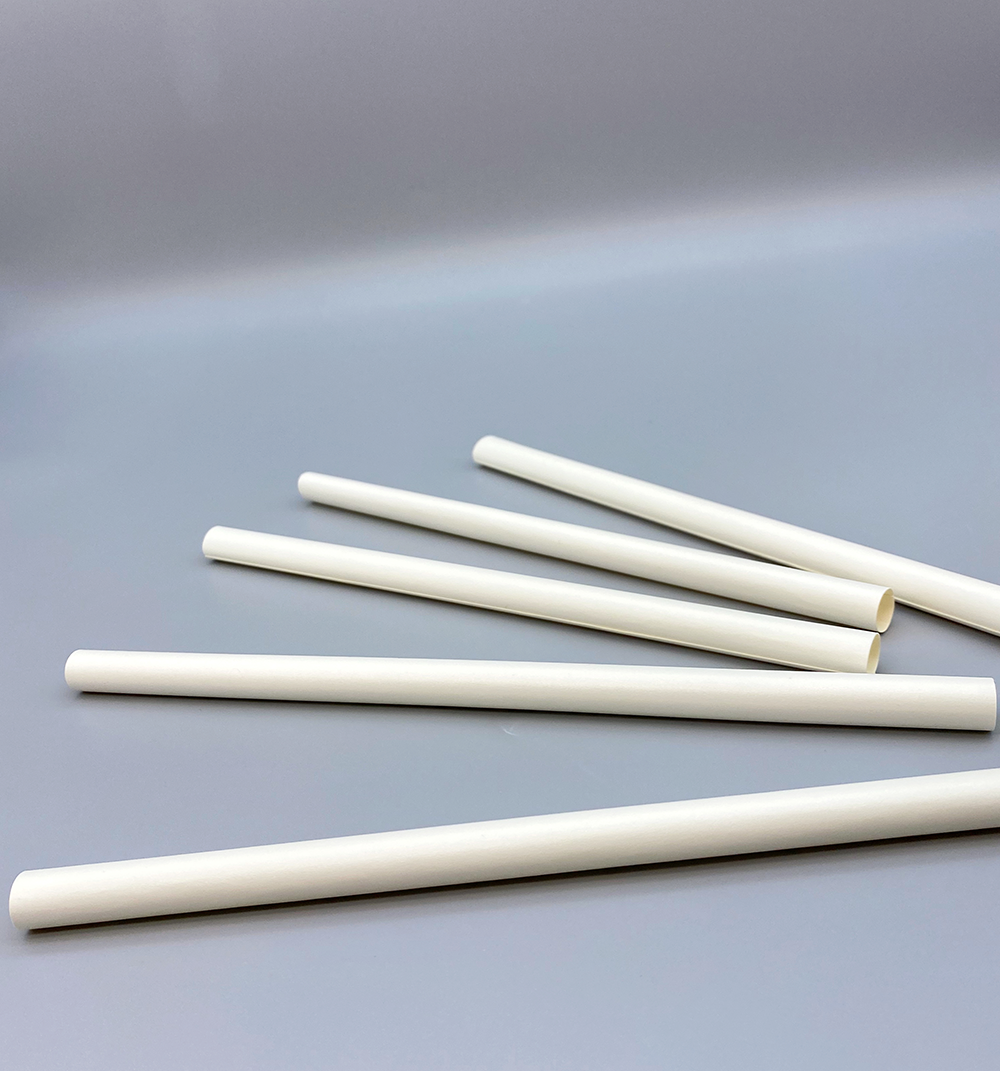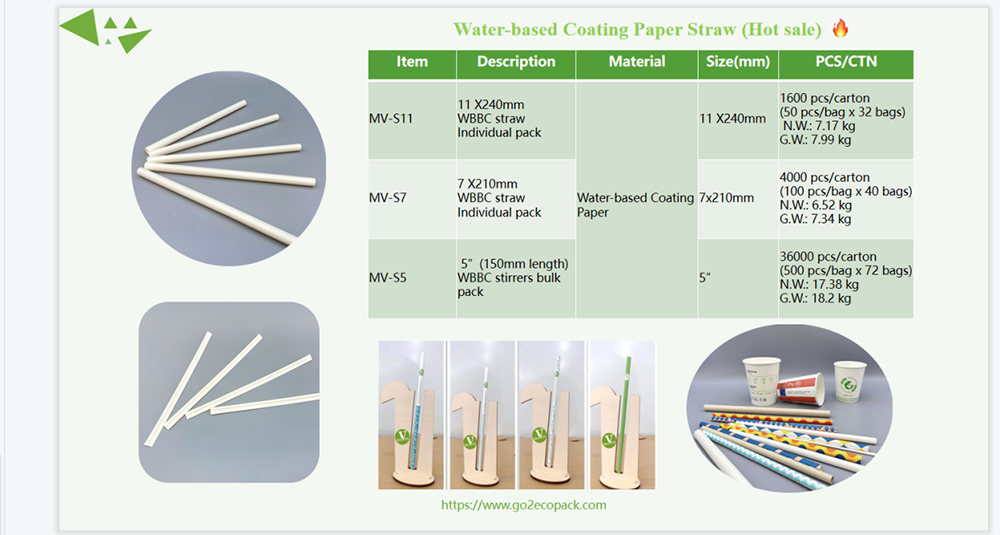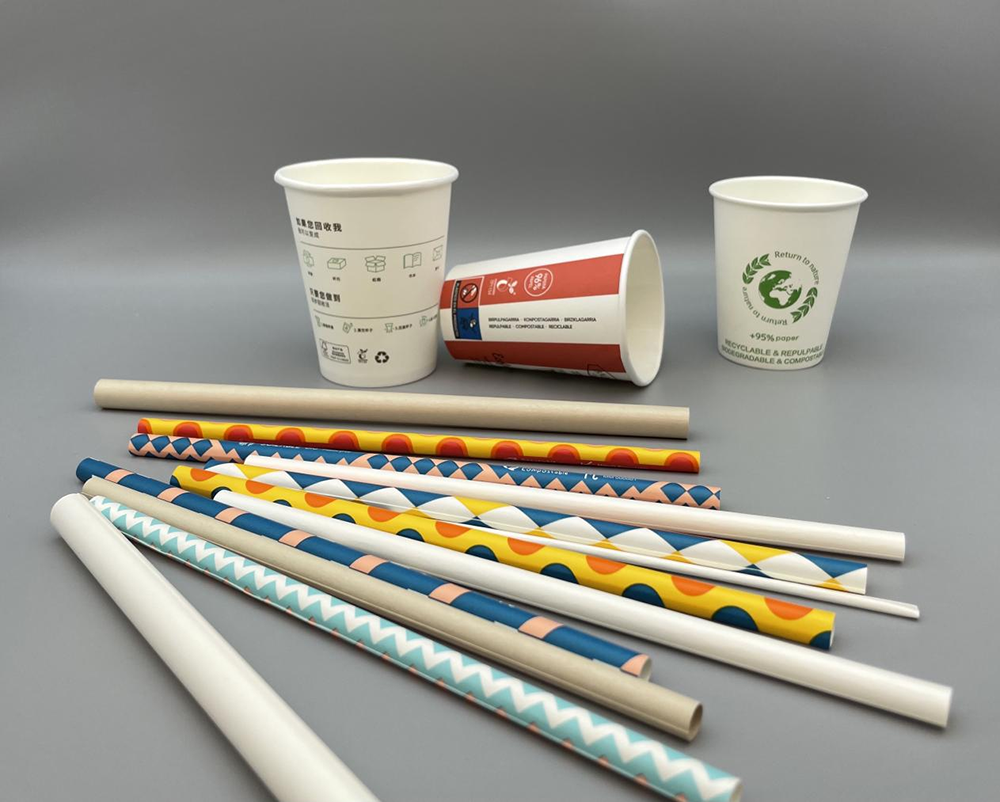In an attempt to cut plastic waste, many drink chains and fast-food outlets have started using paper straws. But scientists have warned that these paper alternatives often contain toxic-forever chemicals and might not be that much better for the environment than plastic.
Paper straws are highly regarded in today’s society where environmental awareness is gradually increasing. It is promoted as an eco-friendly, sustainable and biodegradable alternative, claiming to reduce the use of plastic straws and have a smaller impact on the environment. However, we need to realize that paper straws also have some negative impacts and may not be a better choice for everyone and the environment.
First, paper straws still require a lot of resources to manufacture. Although paper is a more sustainable material than plastic, its production still requires large amounts of water and energy. The demand for large-scale production of paper straws may lead to more deforestation, further exacerbating the depletion of forest resources and ecological damage. At the same time, the manufacturing of paper straws will also emit a certain amount of greenhouse gases such as carbon dioxide, which will have an impact on global climate change.
Second, although paper straws claim to be biodegradable, this may not be the case. In real-world environments, paper straws are difficult to degrade because they often come into contact with food or liquids, causing the straws to become damp. This humid environment slows down the decomposition of paper straws and makes them less likely to break down naturally. In addition, paper straws may be considered organic waste and mistakenly discarded in the recyclable waste, causing confusion in the recycling system. At the same time, the experience of using paper straws is not as good as plastic straws. Paper straws can easily become soft or deformed, especially when used with cold drinks. This not only affects the effectiveness of straw use, but may also cause inconvenience to some people who need special straw assistance (such as children, disabled people or the elderly). This may also result in paper straws needing to be replaced more frequently, increasing waste and resource consumption.
Additionally, paper straws generally cost more than plastic straws. For some price-conscious consumers, paper straws can become a luxury or an additional burden. This may lead consumers to still choose cheap plastic straws and ignore the claimed environmental advantages of paper straws. However, paper straws are not entirely without their advantages. For example, in single-use settings, such as fast food restaurants or events, paper straws can provide a safer and hygienic option, reducing the potential health risks caused by plastic straws.
In addition, compared with traditional plastic straws, paper straws can indeed reduce the generation of plastic waste and have some positive impacts on improving the marine environment and other areas facing severe challenges. When making decisions, we should fully weigh the pros and cons of using paper straws. Considering that paper straws also have some negative effects, we need to find more complete solutions. For example, reusable metal straws or straws made of other degradable materials can be used, which are both eco-friendly and sustainable and better meet the goals of environmental protection.
In summary, paper straws offer an eco-friendly, sustainable and biodegradable alternative to plastic straws. However, we need to realize that paper straws still consume a lot of resources during the manufacturing process, and they do not degrade as quickly as expected. Therefore, when choosing to use paper straws, we need to fully consider its advantages and disadvantages and actively look for better alternatives to better protect the environment.
Post time: Nov-03-2023













